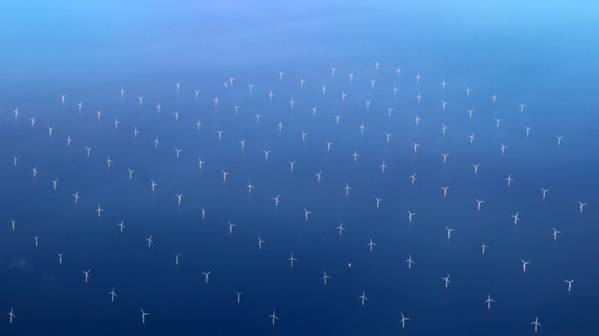
Statkraft has submitted a planning application for the 2.1 GW Baltic Offshore Delta North bottom-fixed offshore wind farm in the Baltic Sea.
The Delta North windfarm is located in Sweden’s economic zone, approximately 100 kilometers east of Stockholm and 55 kilometers east of Sandham island.
The proposed wind farm includes up to 105 bottom-fixed wind turbines in an area far out at sea to ensure low to no visibility from land, according to Statkraft.
With water depths ranging from 40 to 80 metres, the wind farm’s location is the only suitable site for bottom-fixed offshore wind at scale in the Baltic Sea north of Gotland. Depending on the final landfall and grid connection location, the wind farm may be connected to hydrogen or e-fuel technologies which provide grid stability by addressing any issues of intermittent power production from offshore wind.
Delta North would cater to the increasing electricity demand of the transport sector and the need to transition to a low-carbon industry to meet current climate targets. The windfarm would also address the imbalance of the Stockholm region, which only produces about a tenth of the electricity it consumes.
Statkraft has submitted an application to build and operate the Delta North offshore wind farm to the Ministry of Climate and Economic Affairs as per the law governing Sweden’s economic zone.
After submission, the government will evaluate Statkraft’s application and seek input from consultation with several agencies before making a decision.
“There are three aspects that make the proposed Delta North wind farm unique. Firstly, it would lead to a proportionally vast increase in the electricity production in the Stockholm region to meet the high energy demand from consumers and industry alike.
“Secondly, the project has been developed to be of as little interference as possible to Stockholm’s famed archipelago, and we remain confident that the project has low to no visibility from land. Thirdly, the wind farm benefits from the more cost effective and mature technology of bottom-fixed turbine foundations.
“Neither of these aspects are unique by themselves, but the combination of all three in one project is,” said Jakob Norström, SVP Country Manager of Sweden.



